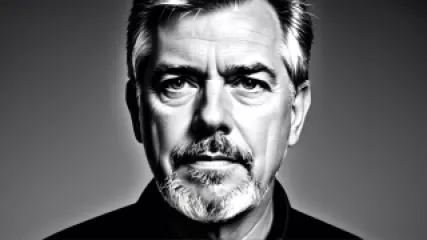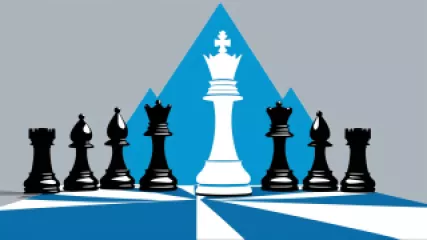The Ultimate Guide to Mindfulness Meditation for Beginners
1 year ago
Mindfulness Meditation
A Personal Journey Through Adult Attachment Patterns
1 year ago
Understanding Attachment in Adults
Unleashing Creativity: An Interview with a Renowned Creativity Coach
1 year ago
Fostering Creativity
How Parental Influence Shapes Your Personality: A Step-by-Step Guide
1 year ago
Parental Influence on Personality
Navigating Mental Health: A Step-by-Step Guide for Adolescents
1 year ago
Mental Health in Adolescents
10 Common Mental Health Myths Debunked: Stop the Stigma
1 year ago
Mental Health Myths Debunked
Mastering the Psychology of Leadership: 7 Steps to Unlock Your Potential
1 year ago
Psychology of Leadership
My Transformative Journey to Better Sleep
1 year ago
Sleep Importance
10 Best Psychoeducation Resources for Personal Growth
1 year ago
Psychoeducation
The Ultimate Guide to Alternative Therapies
1 year ago
Alternative Therapies
Embracing Recovery: A Transformative Path Beyond Substance Abuse
1 year ago
Substance Abuse
Effective Strategies for Managing Exam Stress: A Research-Based Approach
1 year ago
Managing Exam Stress
10 Proven Strategies to Overcome Obstacles and Achieve Your Goals
1 year ago
Overcoming Obstacles
My Journey to Enhancing Concentration through Mindful Exercises
1 year ago
Enhancing Concentration
Exploring the Impact of Online Adolescent Counseling: A Research Summary
1 year ago
Adolescent Counseling














